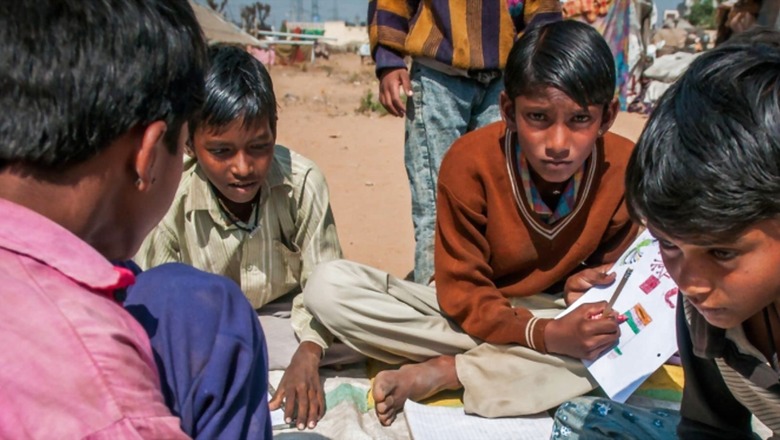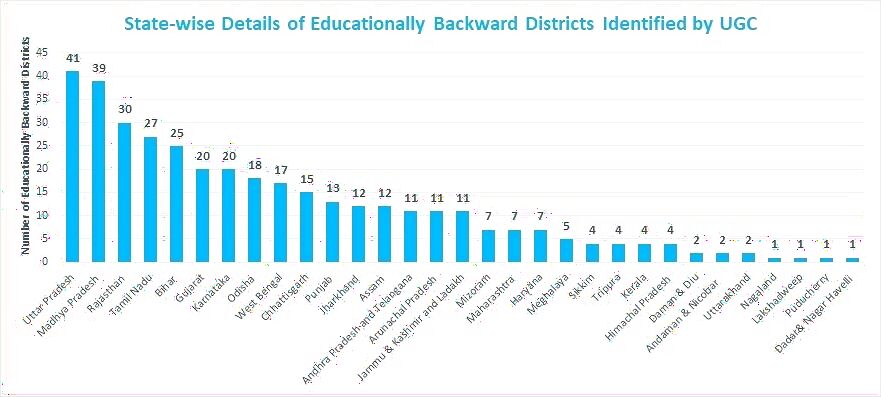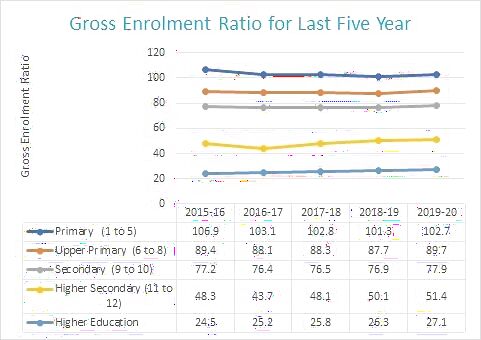
views
Out of the total 718 districts in India, at least 374 have been identified as “educationally backward”, the Union Education Ministry said in the Lok Sabha.
Among the states, Uttar Pradesh has the highest with 41 Educationally Backward Districts (EBDs), accounting for nearly 55 percent of the total districts in the state, the Ministry said.
The districts include Bahraich, Balrampur, Hathras, Kannauj, Muzaffarnagar, Pilibhit, Rampur, Saharanpur, Shahjahanpur, and Shrawasti.
UP is followed by Madhya Pradesh (39); Rajasthan (30); Tamil Nadu (27) and Bihar (25).
Madhya Pradesh’s Betul, Bhind, Chhatarpur, Datia, Guna, Harda, Mandsaur, Morena, Ratlam, Sagar, and Satna and Rajasthan’s Ajmer, Alwar, Barmer, Chittaurgharh, Churu, Jaisalmer, and Jalor are part of the EBDs.
In Tamil Nadu, Ariyalur, Erode, Kancheepuram, Kanniyakumari, Salem, Thiruvarur, and Vellore are among the EBDs, the Ministry said. Bihar’s Araria, Aurangabad, Begusarai, Darbhanga, Kishanganj, Madhubani, Sitamarhi, Siwan, and Vaishali are some of the EBDs.

“An expert committee constituted by the University Grants Commission (UGC) had identified 374 Educationally Backward Districts (EBDs) based on various educational parameters including Gross Enrolment Ratio, College-population Ratio and Average Enrolment per college,” the Ministry said.
While Nagaland, Lakshadweep, Puducherry and Dadar, and Nagar Havelli have one EBD each, Daman and Diu, Andaman and Nicobar, and Uttarakhand have two EBDs each. Sikkim, Tripura, Kerala, and Himachal Pradesh have four EBDs each, as per data.
The ministry said that over the last few years, the Gross Enrolment Ratio (GER) has substantially increased in school and higher education. GER is the ratio of enrolment in a given level of education to the population in the eligible age group. A high GER generally indicates a high degree of participation.
The ministry data shows that the GER for primary education has dropped while that of upper primary and secondary has reported a marginal increase between 2015 and 2020.
On the other hand, in the case of higher education, the GER has increased from 24.5 in 2015-16 to 27.1 in 2019-20. For higher secondary, it has increased from 48.3 to 51.4 during the same period.

The government has taken a number of measures to improve the educational standards in the country with a special focus on EBDs, the ministry said.
“To reduce gender gaps at all levels of schooling, 5,726 KGBVs (Kasturba Gandhi Balika Vidyalaya) have been sanctioned in the country. Model Degree Colleges have been sanctioned in 194 districts of which UGC had sanctioned 64 and 130 MDCs were sanctioned under the Centrally Sponsored Scheme of Rashtriya Uchchatar Shiksha Abhiyan (RUSA),” the ministry added.
Read all the Latest News, Breaking News and Coronavirus News here.




















Comments
0 comment